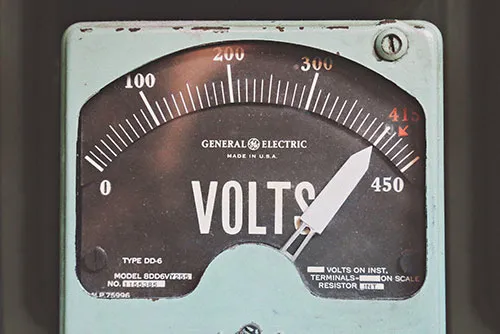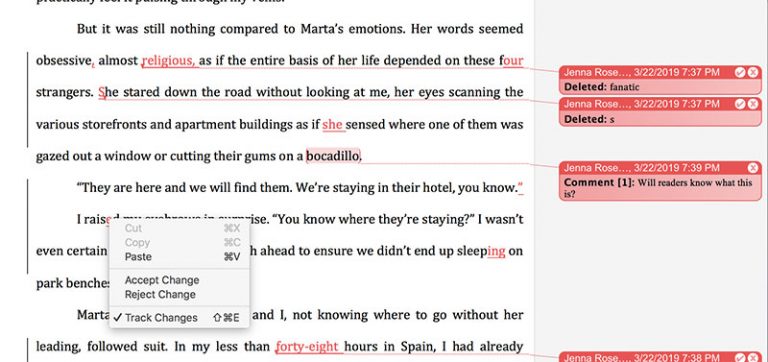7 Tips to Help You Succeed With a Writing Coach (Including a Definition of “Writing Coach”)
Frustrated with your writing? Not sure how to move forward? You may need a writing coach!

Frustrated with your writing? Not sure how to move forward? You may need a writing coach!

Writers looking for a book editor can learn a lot from the documentary "Turn Every Page," about Robert Caro and Robert Gottlieb.

When writers show and tell, they do more than just flatly report on what's happened in the narrative line of the story.

A developmental editor can guide you toward a final manuscript that successfully reflects your ideas, insight, and authorial voice.

Learn how to listen for your genuine voice as you silence that demon, The Faux Writer, who may persistently be trying to intrude.

The beginning of a story is crucial. It can make the difference in gaining the attention of a prospective agent, acquisitions editor, and ultimately the reader. So, how do you start? Here are some suggestions to help you find your beginning.

If you're finding that your narrative's energy is flagging, try pinpointing your protagonist's defining characteristic. Here's how that can help your story.

What “Show, Don't Tell” really means: how to write fiction or memoir that keeps your reader engaged.

Deliver your document to your editor in Word, use Track Changes, and maintain one master document to save time and money.

Is your creative vision on your pages? Here's how you can find out.